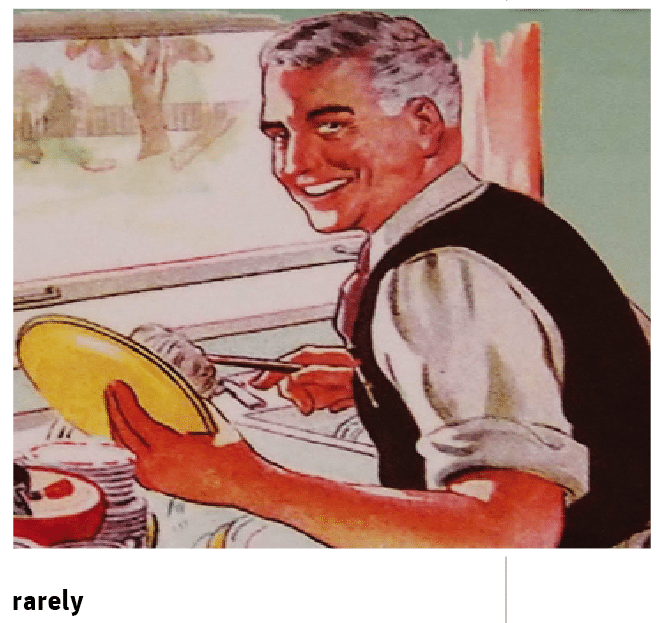By Niall Crowley
A score of 100 would have been perfect, according to the European Institute for Gender Equality (EIGE). However, when it comes to plaudits for gender equality, we know to keep our expectations in check. Ireland scored 56.5 and ranked eight in Europe. Who would have predicted that result? Before we get too carried away, we should remember this puts us just beyond the halfway mark towards gender equality. Inevitably, Sweden ranked first with a score of 74.2. Still, we compare better with the average score for the European Union – 52.9.
These are the headlines from the just published Gender Equality Index of EIGE. The Index measures progress on gender equality in the European Union. It is a composite indicator that is based on gender-equality data in the six different fields of: work, money, knowledge, time, power and health.
Overall the Index shows visible but marginal improvements in gender equality as the EU overall score rose from 51.3 in 2005 to 52.4 in 2010 to 52.9 in 2012.
The area of work looks at data for employment of men and women, gender segregation in the labour market and quality of work. Ireland’s gender-equality score rose from 56.4 in 2005 to 66.5 in 2010, but then dropped to 65.8 in 2012. The EU average was lower at 61.9.
The Gender Equality Index in each of the six fields covered is based on the gender gaps in each country between the position of women and the position of men in the given field. It is also based on the overall level of achievement in the position of men and of women in this field. This combination of indicators is an attempt to control for the impact of austerity on gender gaps. Austerity, has reduced gender gaps by diminishing the position of both men and women. This creates a false equality of hardship. The focus on level of achievement can, to some extent, help to correct for this.
In Ireland the employment rate for women (aged 20 to 64) rose from 59.4% in 2012 to 60.3% in 2013 to 61.2% in 2014. The employment rate of men (aged 20 to 64) rose from 68.1% in 2012 to 70.9% in 2013 to 73% in 2014. The gender employment gap opened up from 8.7p.p. in 2012 to 10.6p.p. in 2013 to 11.8p.p. in 2014. Gender inequality reasserts itself as economic recovery begins.
Ireland scores particularly badly for power. The area of power looks at gender balance in politics and business. Ireland scored a low 31.4 in 2012. This compares unfavourably to an EU average of 39.7 and reflects significant gender inequality in local and national politics and in Irish boardrooms. This poor situation still reflects an improvement for Ireland from a score of 19.4 in 2005 and 27 in 2010, so at least we are going in the right direction.
All of Europe reflects increasing inequality when it comes to time. The area of time looks at time use by men and women in work, caring and social activities. The European Union average score for gender equality in this area in 2012 was 37.6, down from 41.5 in 2005. Ireland did better at 52 in 2012, but also recorded significant disimprovement from 65.5 in 2005.
The detailed data provided for Ireland is stark. In 2012, 30.6% of men workers spent more than one hour every day in caring work compared to 44.4% of women workers. In the same year, 38% of men workers spent more than one hour every day in cooking and housework compared to 77.1% of women workers.
When it came to money Ireland scored a surprising 79. This was still down from a score of 80.3 in 2010 but up from 71 in 2005. This is unexpected because the gender pay gap in Ireland in 2012 was a significant 14.4%. The European Union average scores were 64.1 in 2005, 67 in 2010 and 67.8 in 2012. This area covers earnings and poverty levels.
It is important to celebrate the progress and achievement implicit in these figures but they should not cloud out the significant distance still to be travelled to secure gender equality, or even Nordic levels of gender equality.
The EIGE figures show an interesting association between gender equality levels and social protection expenditure and the level of childcare services available. This might offer pointers to achieve further improvement.
The data also shows the need to concentrate attention on improving gender balance in both politics and business and in sharing of caring and housework as priorities.
The data also tell us to beware of an economic recovery we are pursuing in a manner that deepens inequality rather than arrests it. •
